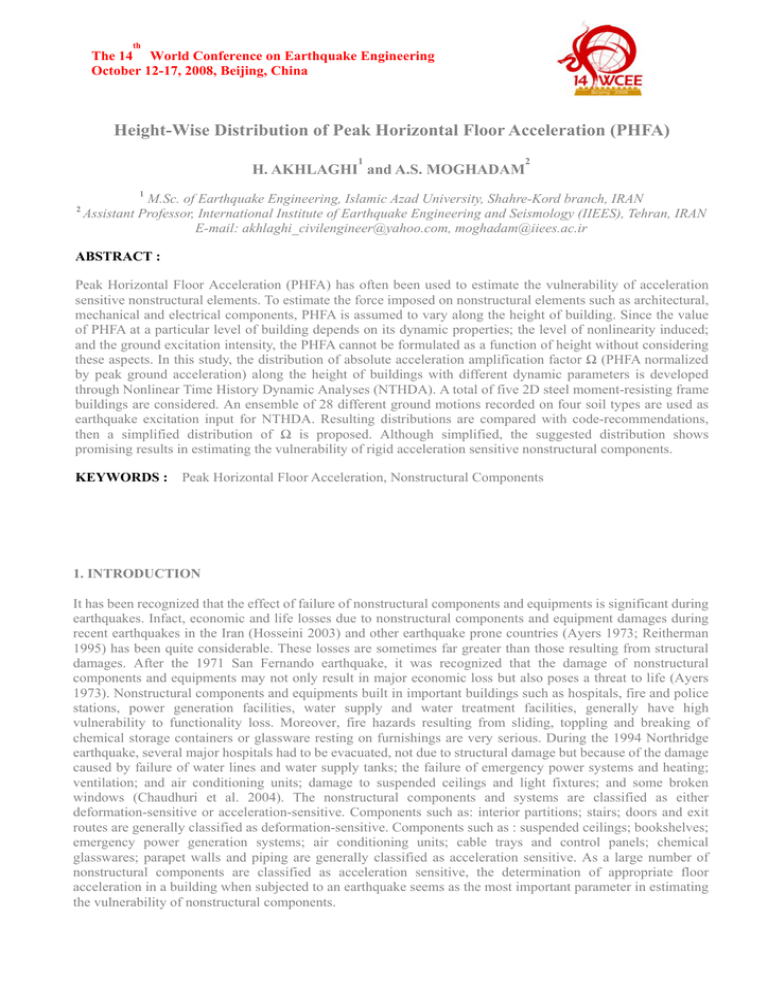
Introduction 1.1 Cable-Stayed Bridges and Seismic Protectionīridges are without a doubt attractive civil engineering works from a structural point of view. Likewise, thank to the Faculty of Engineering Sciences and the Department of Research and Development (DID) at Universidad Austral de Chile for their help and support in this publication.Ĭhapter 1. This work is inspired in the basic result of that investigation. The authors wish to thank to the Department of Geotechnical Engineering and Geosciences and the Department of Construction Engineering at Technical University of Catalonia for their help and support during the doctorate years of Mr. In this part, comparative results are exposed with the aim to propose some practical recommendations. Because of the inherent nonlinear behaviour of the structures and external devices, a mandatory nonlinear direct integration time-history analysis is performed for all the cases, in which parametric analyses are carried out in order to select the best damper parameters, and for the case of both far-fault and near-fault ground motions. The last Chapter exposes the seismic analysis of the selected structures including the incorporation of fluid viscous dampers as passive additional energy dissipation devices. The effect of variations of the stay forces is analyzed, and finally, a nonlinear step-by-step analysis is performed for the critical structures, considering the velocity dependence of such bridges and the effects of far-fault and near-fault ground motions. A complete modal characterization is exposed, followed by a response spectrum analysis for comparative purposes. Chapter 3 describes the seismic response of cable-stayed bridges without external seismic protection, considering a parametric analysis in order to study the effects of the stay cable layout, stay spacing and deck level.

The mechanical behaviour and technological aspects are now introduced with an energetic point of view, in which some practical applications are exposed and discussed. Chapter 2 constitutes a state-of-the-art review regarding the seismic behaviour and performance of fluid viscous dampers as external energy dissipation devices. Chapter 1 describes the object to study in general terms. The idea of the authors is to provide an up-to-date vision of the problem taking into account that long-period structures such as those proposed here, need to be adequately protected against strong motions, and considering that, because of their importance, an elastic behaviour is desirable. The present work constitutes an approach to the seismic protection of cable-stayed bridges including the incorporation of fluid viscous dampers as additional energy dissipation devices. By this way, now it is possible to provide enough strength and energy dissipation capacity at the same time, avoiding damage on important structural elements, with the subsequent guaranty of the functionality, very important on life-lines, even during strong ground motions. The incorporation of additional energy dissipation and isolation devices, by means of passive, active, semi-active and hybrid strategies, constitutes without doubt efficient schemes to protect structures controlling or avoiding damage, in which the energy dissipation is guaranteed through the action of external elements specially designed for those purposes. In these sense, strategies such as performed-based design or displacement-based design consider that well-designed structures need to dissipate enough energy by hysteresis in order to obtain economic and safe structures. All traditional modern strategies to design seismic structures are focused on the adequate comprehension of the mechanisms involved, in which ductility can be provided by some elements specially designed for these purposes. In the case of buildings or bridges with adequate supports and degrees of redundancy, that approach can be satisfactory, however, in the case of structures with few degrees of redundancy, or questionable ductility, that scheme could be inadequate, and worse, dangerous, as usually happens with cable-stayed bridges. Traditionally, seismic protection strategies have been based on provide enough strength and ductility.

Their inherent condition as part of life-lines makes the seismic design and retrofitting of such structures be seriously considered. In this sense, cable-stayed bridges are not an exception, although their seismic performance during recent events has been satisfactory. Recent seismic events have demonstrated the important effects on structures, and especially on bridges. Seismic protection of cable-stayed bridges applying fluid viscous dampersĮarthquakes can be really destructive.


 0 kommentar(er)
0 kommentar(er)
